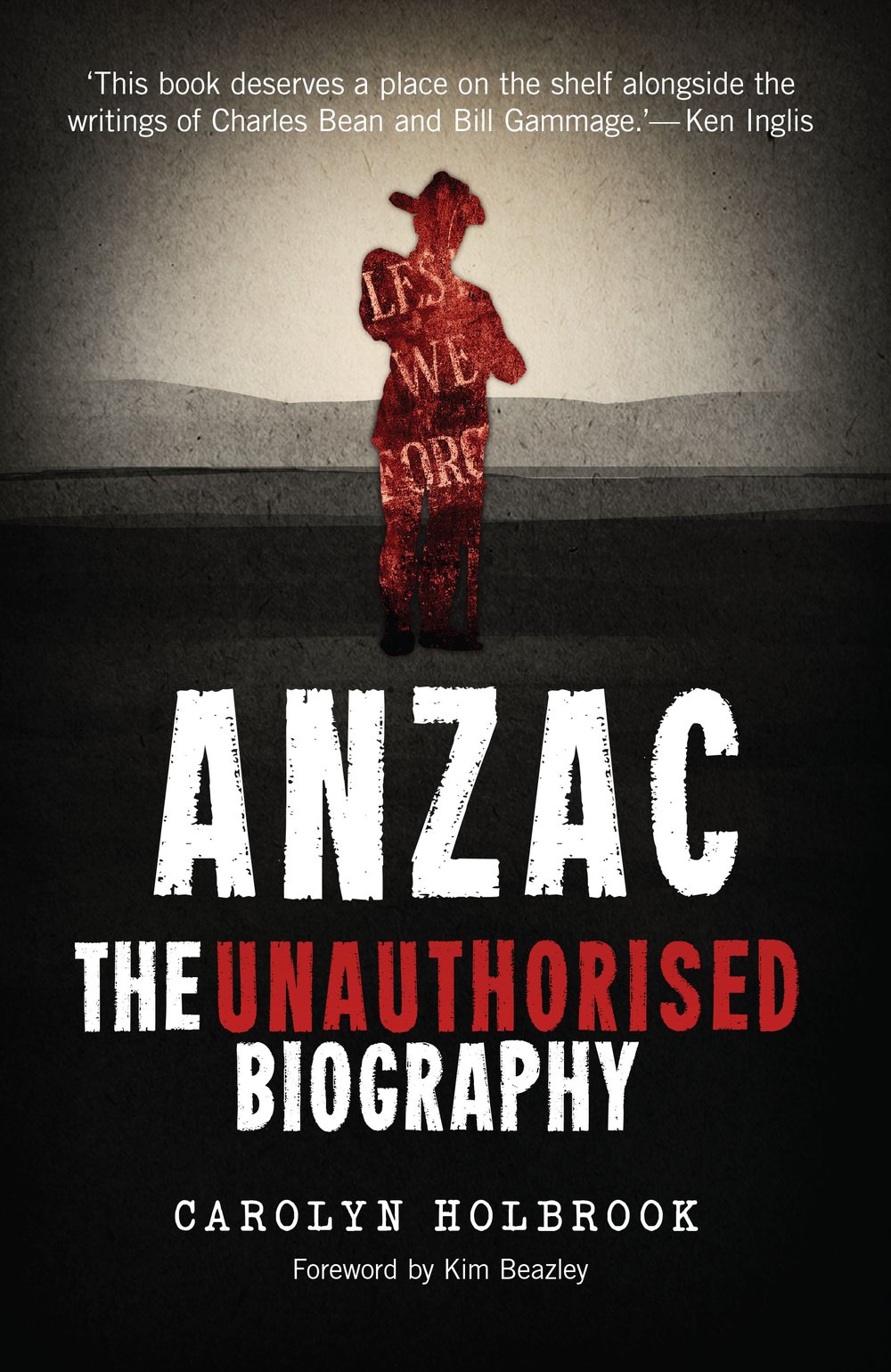Australia is spending more than any other nation on Great War commemoration, including those nations that were major combatants. Carolyn Holbrook, author of Anzac, The Unauthorised Biography, asks why.
When prime minister Julia Gillard announced that she would be travelling to Gallipoli for Anzac Day in 2012, she received some much-needed positive press coverage. With an eye on her languishing poll numbers, Gillard explained that she had ‘never had the opportunity to mark Anzac Day on that sacred soil’. Such is the exalted status of Anzac that seasoned journalists evinced no cynicism when the Welsh-born member of Labor’s Left claimed it was a journey she had ‘wanted to make all my life’.
A few weeks earlier Gillard had announced the funding arrangements for the centenary of Anzac. For a government in the political wars, there was ample incentive to mine the rich vein of war commemoration. The announcement was a response to the report of the National Commission on the Commemoration of the Anzac Centenary, which was chaired by former prime ministers Malcolm Fraser and Bob Hawke. Fraser and Hawke’s wish that a national centre for peace studies be established had been criticised by the Coalition opposition and was quietly scuttled by the government. Commonwealth funding went instead to projects with more popular appeal; the dual flagships of the centenary would be major gallery works at the Australian War Memorial and a re-enactment of the voyage of the first convoy to sail from Albany for Egypt.
Skeptics have tried to tally the cost of Australia’s Anzac-love. James Brown’s original estimate of $625 million in total (federal, state and private money) was overblown and later revised down to $325 million. David Stephens from the Honest History organisation estimates that the amount being spent by a Coalition Government facing a self-styled ‘budget crisis’ is about $145 million. He judges that the states and territories together will likely spend another $80 million.
The private contribution to Anzac commemoration is more difficult to quantify. The Gillard government enlisted the Melbourne businessman Lindsay Fox to oversee an Anzac Centenary Public Fund, which aimed initially to raise $170 million towards commemorative activity, though Fox himself seems to have set the bar much higher, at $300 million. The Public Fund was intended to contribute to projects proposed by the states and territories, but its centerpiece was always the Anzac Centenary Travelling Exhibition of ‘artefacts, recreations and first-hand accounts’, which was expected to cost as much as $70 million.
It appears, however, that corporate donors have not been as keen to jump aboard the Anzac bandwagon as the Gillard government had anticipated. In April this year the ABC reported that just $16 000 of a pledged $80 million had been deposited. The showpiece of the centenary commemorations, the Travelling Exhibition, is currently being ‘re-scoped’ (in the words of an insider), due to a massive funding shortfall. Rumours abound in Canberra that the Travelling Exhibition will be abandoned altogether for lack of money, though the Government has been quick to deny them.
Whatever the reason for the private sector’s tardiness in filling the Anzac coffers (and it is interesting to speculate), we are still left with the fact that Australia – a minor player in a global conflict – is spending more than any other nation on Great War commemoration, including those nations that were major combatants. The British government has allocated $90 million to commemoration of a war in which approximately 700 000 of its citizens died. France, which lost about 1.3 million citizens, is also spending $90 million. The German government has allotted just $7 million towards a war that killed around two million members of its population.
The question we are left to ponder is why a nation that was a minor player in the Great War has become its most prolific commemorator. Historians such as Marilyn Lake and Joy Damousi have pointed to the role of the state in force-feeding us military history through war heritage and the education system. But politicians are responding to the public mood as much as creating it. Like the companies that pump out Trenches of World War I cocktail plates and Gallipoli signet rings, politicians want to bask in the Anzac glow that we have ignited. If we really want to explain our Anzacophilia, we need to look in the mirror.
* * * *
Carolyn Holbrook’s Anzac, The Unauthorised Biography is out now from NewSouth.

